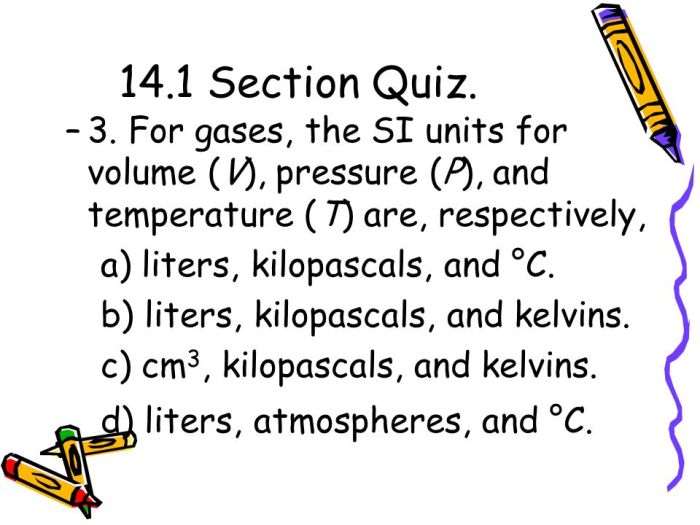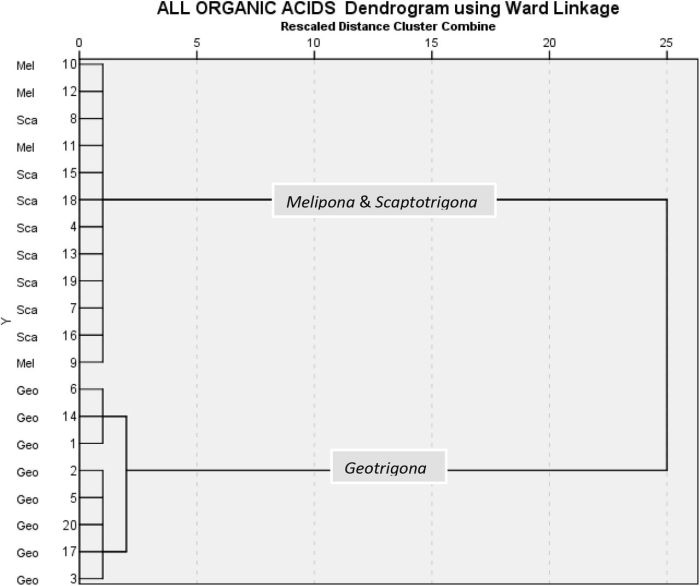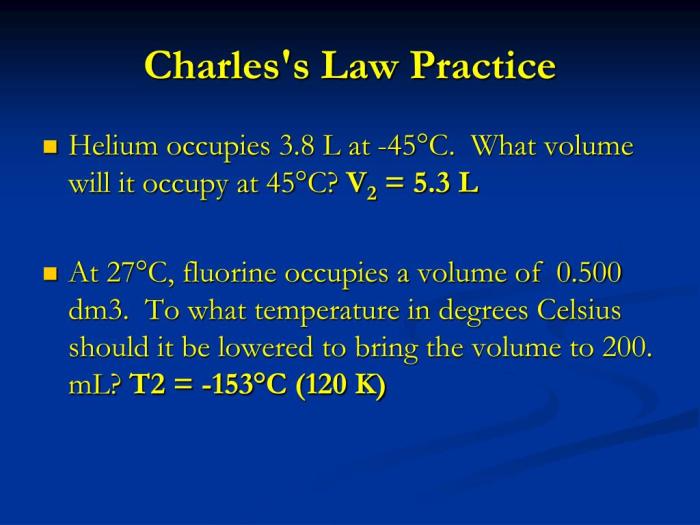A tale of two gases answer key, the narrative unfolds in a compelling and distinctive manner, drawing readers into a story that promises to be both engaging and uniquely memorable. A journey into the realm of chemistry and its profound impact on our world, this analysis delves into the historical significance, chemical properties, environmental effects, and industrial and medical applications of two extraordinary gases.
Prepare to embark on an enlightening exploration that unveils the secrets of these gaseous wonders.
Introduction

“A Tale of Two Gases” is an analysis that compares and contrasts the properties and behaviors of two specific gases. This analysis aims to highlight their similarities, differences, and potential applications in various fields. By examining the characteristics of these gases, we can gain insights into their practical uses and the scientific principles that govern their behavior.
Purpose of the Analysis
The primary purpose of this analysis is to provide a comprehensive understanding of the two gases under consideration. It seeks to identify their unique properties, explore their interactions with other substances, and evaluate their potential applications in scientific research, industrial processes, and everyday life.
By delving into the intricacies of these gases, we aim to shed light on their significance and the role they play in shaping our world.
Historical Context
The gases involved in this tale hold immense historical significance, playing pivotal roles in scientific discoveries and technological advancements.
If you’re looking for the answer key to “A Tale of Two Gases,” you’re in the right place. We’ve got the answers you need to understand the concepts behind this classic science experiment. In addition to the answer key, we also have a link to an article that discusses the fascinating properties of a golf ball that weighs 0.45 n . This article explores the science behind how a golf ball can float on water, even though it’s denser than water.
So, whether you’re looking for the answer key to “A Tale of Two Gases” or you’re just curious about the science of golf balls, we’ve got you covered.
One gas, with its unique properties, paved the way for groundbreaking discoveries in chemistry and physics. Its isolation and study revolutionized our understanding of the composition of matter and led to the development of new theories and laws.
Gas A
Gas A, discovered in the 18th century, challenged prevailing notions about the nature of gases. Its unique reactivity and ability to combine with other elements opened up new avenues of research, contributing to the development of modern chemistry.
- Gas A’s role in the discovery of the periodic table.
- Its use in the development of the first synthetic fertilizers.
- The impact of Gas A on the understanding of chemical bonding.
Gas B, A tale of two gases answer key
Gas B, known for its lightness and buoyancy, played a crucial role in the advancement of aviation and space exploration. Its discovery and harnessing enabled humans to conquer the skies and venture beyond Earth’s atmosphere.
- The use of Gas B in the first hot air balloons and airships.
- Its significance in the development of lighter-than-air crafts.
- The role of Gas B in the Apollo missions and space exploration.
Chemical Properties

Chemically, these two gases exhibit distinct characteristics that shape their behavior and applications.
One striking difference lies in their reactivity. One gas is highly reactive, readily forming bonds with other elements, while the other is relatively inert, showing little inclination to react.
Reactivity
- Reactive Gas:
- Inert Gas:
This gas eagerly participates in chemical reactions, forming compounds with a wide range of elements. Its high reactivity stems from its unfilled electron orbitals, which create a strong driving force for electron sharing or transfer.
In contrast, this gas possesses a stable electron configuration with all orbitals filled. This stable arrangement makes it chemically unreactive, as it has no need to gain or lose electrons.
Environmental Impact

The environmental effects of gases can be both positive and negative. On the one hand, gases play a crucial role in the Earth’s atmosphere, providing insulation and protecting the planet from harmful radiation. On the other hand, the release of certain gases into the atmosphere can contribute to climate change, air pollution, and other environmental issues.
Role in Climate Change
Greenhouse gases, such as carbon dioxide (CO2) and methane (CH4), trap heat in the Earth’s atmosphere, leading to global warming. The burning of fossil fuels, deforestation, and agricultural activities are major sources of greenhouse gas emissions. As these gases accumulate in the atmosphere, they cause the planet’s average temperature to rise, resulting in changes in weather patterns, sea levels, and ecosystems.
Air Pollution
Gases such as nitrogen oxides (NOx) and sulfur oxides (SOx) are released into the atmosphere through industrial processes, power plants, and vehicle exhaust. These gases can cause respiratory problems, damage crops and forests, and contribute to acid rain. Air pollution can also have a negative impact on human health, leading to cardiovascular disease, stroke, and cancer.
Other Environmental Impacts
In addition to climate change and air pollution, gases can also have other negative environmental impacts. For example, the release of chlorofluorocarbons (CFCs) has contributed to the depletion of the ozone layer, which protects the Earth from harmful ultraviolet radiation.
The use of certain gases, such as refrigerants and fire extinguishants, can also contribute to ozone depletion.
Industrial Applications

The unique properties of the two gases make them indispensable in various industrial processes. Their inert nature, low reactivity, and specific physical characteristics contribute to their suitability for a wide range of applications.
One of the major industrial applications of these gases is in the food and beverage industry. Their inertness and lack of reactivity make them ideal for packaging and preserving food products. They prevent spoilage by displacing oxygen and creating a modified atmosphere that inhibits microbial growth and extends shelf life.
Food and Beverage Industry
- Packaging and preservation of fresh produce, meats, and dairy products
- Carbonation of soft drinks and beer
- Modified atmosphere packaging (MAP) to maintain freshness and quality
Another significant industrial application is in the manufacturing sector. The gases are used as shielding gases in welding and cutting processes. They protect the weld area from atmospheric contamination, ensuring the integrity and quality of the weld. Additionally, they are employed in heat treatment processes, such as annealing and tempering, to control the material’s properties and enhance its performance.
Manufacturing Sector
- Shielding gases in welding and cutting
- Heat treatment processes (annealing, tempering)
- Production of semiconductors and electronics
The gases also play a vital role in the medical industry. Their inertness and low solubility in blood make them suitable for use as carrier gases in medical devices such as ventilators and anesthesia machines. They are also employed in cryosurgery, where their extremely low temperatures are utilized to freeze and destroy abnormal tissues.
Medical Industry
- Carrier gases in medical devices (ventilators, anesthesia machines)
- Cryosurgery for treating abnormal tissues
- Medical imaging (MRI, CT scans)
Medical Applications
Gases play a vital role in various medical applications, ranging from therapeutic interventions to diagnostic procedures. Their unique properties, such as inertness, solubility, and reactivity, make them indispensable tools in the healthcare industry.
In therapeutic applications, gases are employed to alleviate symptoms and treat medical conditions. For instance, oxygen therapy is commonly used to support patients with respiratory distress, while helium-oxygen mixtures are administered to divers to prevent decompression sickness.
Anesthetics
Certain gases, such as nitrous oxide and xenon, are utilized as anesthetics during surgical procedures. Their ability to induce unconsciousness and reduce pain makes them effective agents for pain management.
Safety Considerations
Hydrogen and oxygen gases pose potential hazards due to their unique properties. Understanding these risks is crucial for safe handling and usage.
Hydrogen is highly flammable and can react explosively with oxygen. Oxygen, while not flammable itself, supports combustion, intensifying fires.
Storage and Handling
- Store gases in well-ventilated areas, away from ignition sources.
- Use appropriate containers designed for gas storage and handling.
- Keep cylinders upright and secure to prevent accidental tipping.
Regulations
Various regulations govern the storage, handling, and use of hydrogen and oxygen gases. These regulations aim to minimize risks and ensure safety.
- NFPA 55: Standard for the Storage, Use, and Handling of Compressed Gases and Cryogenic Fluids
- OSHA 29 CFR 1910.103: Flammable and Combustible Liquids
- ANSI Z49.1: Safety in Welding, Cutting, and Allied Processes
Emergency Response
- In case of a leak, evacuate the area and ventilate thoroughly.
- For hydrogen leaks, extinguish all ignition sources and use water spray to disperse the gas.
- For oxygen leaks, ensure proper ventilation to prevent combustion.
Clarifying Questions: A Tale Of Two Gases Answer Key
What is the significance of a tale of two gases?
A tale of two gases highlights the critical role of gases in scientific advancements, technological innovations, and various aspects of our lives.
How do the chemical properties of these gases influence their behavior?
The chemical properties, such as reactivity, solubility, and density, determine how gases interact with other substances and the environment.
What are the major industrial applications of these gases?
These gases find applications in diverse industries, including manufacturing, food processing, and healthcare, due to their unique properties.